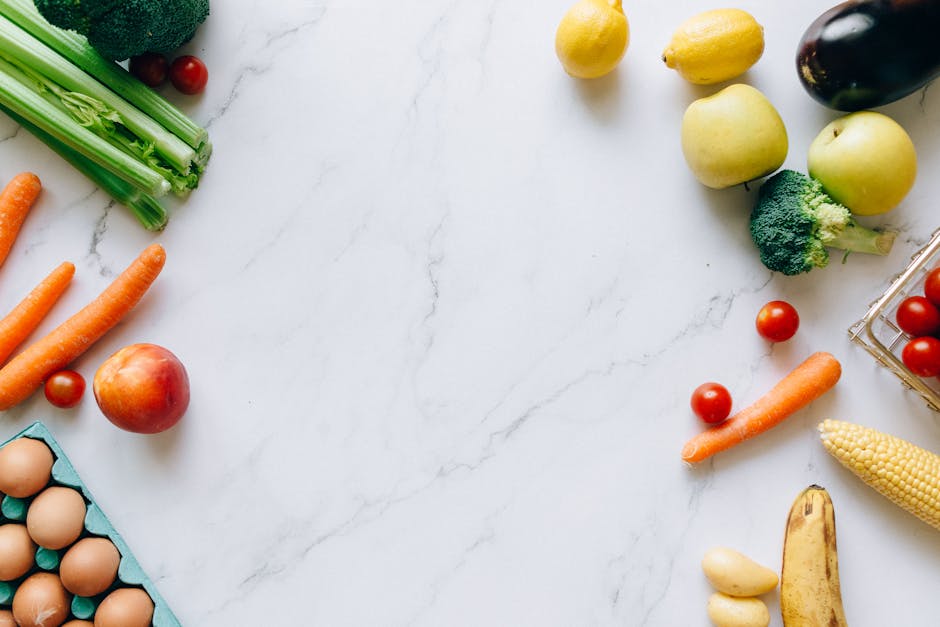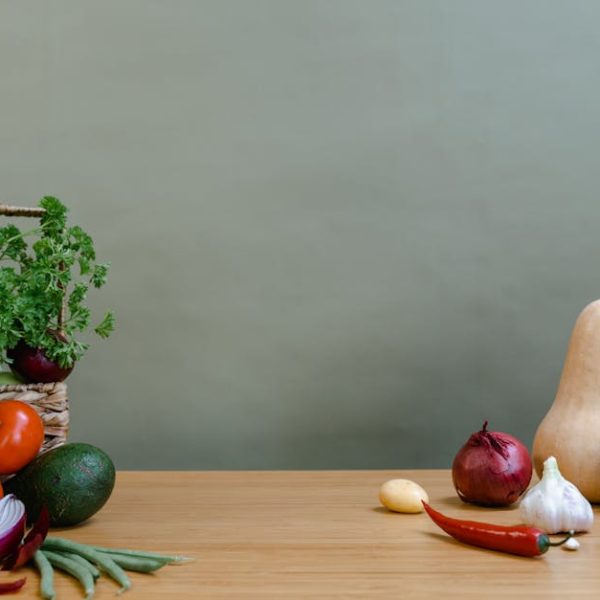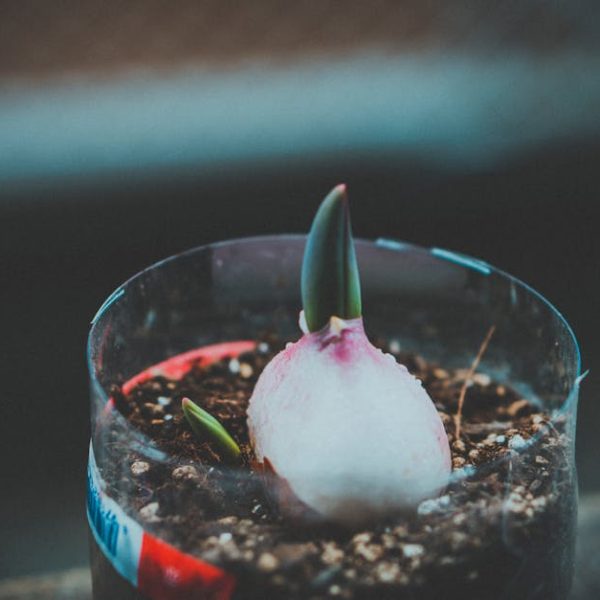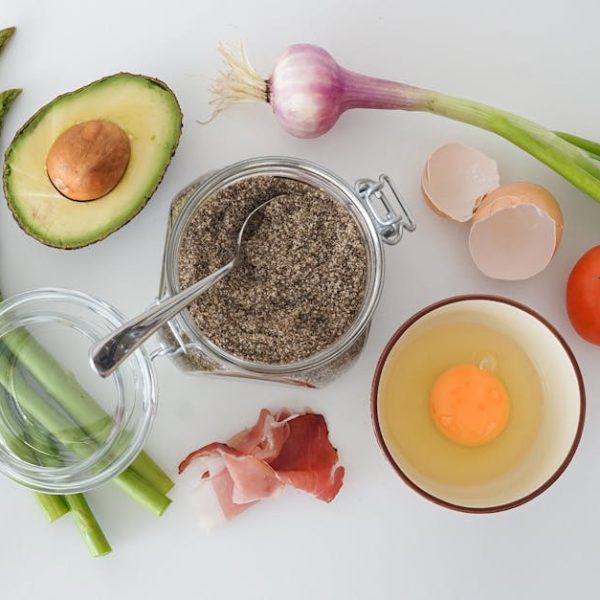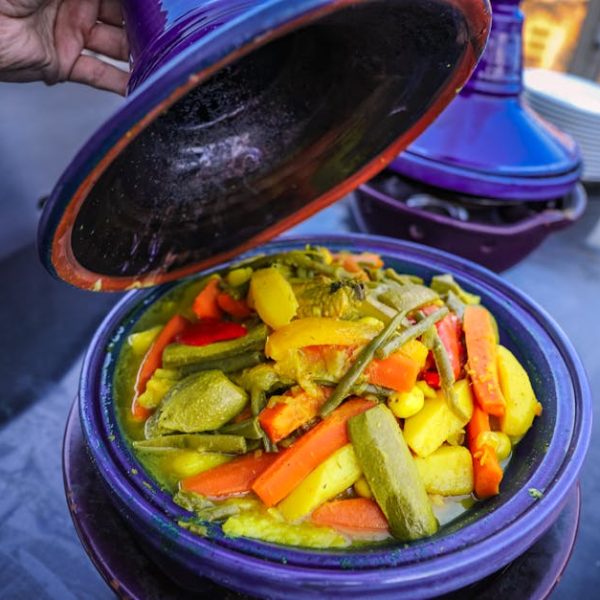Fresh corn is a delight for the tastebuds, especially when it is bursting with sweetness right off the cob. Yet there is always the problem of storage and how to make it last while preserving its taste and nutritional value. But worry not. There are a number of clever ways to store fresh corn and keep it delicious for an extended period, these include storing unhusked corn in the refrigerator, saving kernels by freezing, storing cooked corn on the cob in the fridge, preserving through canning, storing by drying, utilizing a vacuum sealer, and storing fresh corn by pickling.
Storing Unhusked Corn in the Refrigerator
Unhusked corn shouldn’t be shucked before being stored in the refrigerator, as the husks offer a protective layer. The husks, silk and moisture forms a protective barrier that slows down the sugar-to-starch conversion process, preserving the kernels’ sweetness and crunchiness. This indeed holds true for sweet corn chiefly because of its higher sugar content. To optimally store unhusked corn in the refrigerator, you should:
- Keep the corn in its husk, don’t remove it.
- Place it in the crisper drawer of the refrigerator.
- Avoid washing or husking the corn before storing it.
- Store it immediately after buying, as corn’s sugar content starts turning into starch soon after it’s harvested.
Pro tip: Although corn stored with the husk on in the refrigerator can last between 7 to 10 days, it’s best consumed within the first 1-2 days for optimal taste and sweetness.
Saving Corn Kernels by Freezing
Freezing is an excellent way to maintain the taste and nutritious value of corn. For longer preservation, it’s recommended to blanch corn, which means partially cooking it in boiling water for a short while before freezing. Blanching kills the enzymes that cause corn to lose flavor, color, and nutritional value. The comparison between blanching vs. freezing without blanching is clear: blanching extends shelf life and retains more nutrients.
Best practices:
- Husk the corn and remove the silk.
- Boil kernels for about 4-6 minutes, cool them in iced water, then drain.
- Portion the kernels, place in freezer-friendly bags, press out excess air and seal.
- Freeze as quickly as possible to maintain its quality.
Storing Cooked Corn on the Cob in the Fridge
Unlike fresh unhusked corn, cooked corn on the cob needs a different approach when it comes to refrigerator storage. Considering that leftovers are usually inevitable, understanding how to safely store cooked corn on the cob guarantees you can still enjoy your corn in the following days without losing its deliciousness.
Checklist:
- Allow the corn to cool completely before refrigeration.
- Wrap each cob tightly in aluminum foil or cling film.
- Store in the refrigerator and eat within 3-4 days.
- Reheat in the oven or microwave before consumption.
Pro tip: Use the cling film or aluminum foil to tightly wrap your corn, this helps to preserve the moisture and keep it fresh.
Preserving Corn by Canning
Canning is another wonderful way to preserve corn, particularly if you have a large batch. This method involves sealing corn in a sterile container and then heat processing to kill bacteria, yeasts, and molds. This process extends the shelf life of your corn while preserving its taste and nutritional content.
Essentials for Canning:
- Fresh corn
- Water bath canner or large pot
- Canning jars and lids
- Fresh water
- Salt for seasoning (optional)
Advantages:
- Allows for storing corn at room temperature.
- Good for large quantities.
- Fast and efficient storage method.
Storing Dried Corn for Long-Term Use
If you aim for long-term preservation, drying corn is a smart option. Drying alters the corn’s texture but keeps its sweet flavor intact. The process involves removing all the water content from the kernels to prevent bacterial growth and increase the storage life.
Steps for Storing Dried Corn:
- Shuck and remove the silk from the corn.
- Slice off the kernels from the cobs.
- Air dry the kernels or use a food dehydrator until completely dry.
- Store dried corn in airtight containers, preferably glass jars.
- Keep the containers in a cool, dark and dry place.
Best Practice: Always ensure your hands and all utensils used are clean to prevent introducing any bacteria while handling dried corn.
Utilizing a Vacuum Sealer for Freezing Corn
For maximum freshness and taste, a vacuum sealer provides an excellent solution. It helps remove air from around the corn thus reducing bacterial growth, preserving its quality, and extending the storage life. Comparatively to corn stored in traditional plastic bags, vacuum-sealed corn maintains its flavor and nutrients better, keeping your corn fresh even after a long duration.
Pro Tip: Corn should be blanched before vacuum sealing to deactivate enzymes that can eventually destroy the flavor, texture, and nutrients of the corn.
Storing Fresh Corn by Pickling
Pickling is not only a preservation method. It is also an excellent way to infuse your corn with exceptional flavors. By storing fresh corn in vinegar along with various spices, you can extend the shelf-life while creating a yummy treat.
Basic Recipe for Pickling Corn:
- Fresh corn
- A blend of vinegar and water
- Salt
- Pickling spices of your choice
Best practices:
- Always use fresh corn for best results.
- Sterilize your jars before use.
- Fill jars with corn and pickling solution leaving about ½ inch of headspace.
- Wipe the rims clean, seal the jars, and process in a hot water bath.
In conclusion, there are numerous ways to store and preserve fresh corn. With a little bit of effort and know-how, you can enjoy your sweet-tasting corn even out of season. Choose the method that suits you and your needs best and relish the deliciousness of corn all year round. Key Takeaways:
- Keeping unhusked corn stored in the refrigerator ensures its freshness and taste due to the protective layer of the husk.
- Freezing is a great method for preserving corn, with blanching before freezing allowing the corn to retain most nutrients and extend shelf life.
- Cooked corn on the cob can be safely stored in the refrigerator by allowing it to cool completely before wrapping it tightly in foil or cling wrap.
- Canning is more suited for preserving large quantities of corn, and the canning process eliminates bacteria and molds to maintain taste and nutritional content.
- Drying corn offers long-term preservation and keeps the sweet flavor of corn intact.
- Using a vacuum sealer to freeze corn keeps it fresher for longer by reducing growth of bacteria and retention of nutrients.
- Pickling is another method to store corn, which also imparts unique flavors to the corn.
Fear not the corn surplus! With these insightful storage methods, you can extend the shelf life, maintain the nutritional content and most importantly, ensure that the fresh taste of corn remains. Whether it’s canning, refrigerating, freezing, vacuum sealing, drying or pickling, explore these versatile methods and enjoy your corn even out of season.
FAQs
Q: How long can I store unhusked corn in the refrigerator?
A: Unhusked corn stored in the refrigerator generally lasts between 7 to 10 days. However, to enjoy maximum sweetness and flavor, it’s recommended to consume corn within the first 1-2 days.
Q: Why should I blanch corn before freezing?
A: Blanching corn before freezing disables enzymes that cause corn to lose its flavor, color, and nutritional value. This process thus helps extend shelf life and retain nutrients.
Q: How long can cooked corn on the cob be stored in the refrigerator?
A: Cooked corn on the cob can be stored in the refrigerator for about 3-4 days. Remember to allow it to cool completely before wrapping in foil or cling wrap and refrigerating.
Q: Can I store corn at room temperature?
A: Yes, you can store corn at room temperature if it’s canned. The canning process kills bacteria, yeasts, and molds, making it safe for room temperature storage.
Q: How long can dried corn be stored?
A: Dried corn, when stored properly in an airtight container in a cool, dark and dry place, can easily last for a year or more without losing its quality.
Don’t forget to share this helpful guide with your friends and family, and explore more posts on our website to discover other useful tips on food storage and much more!
